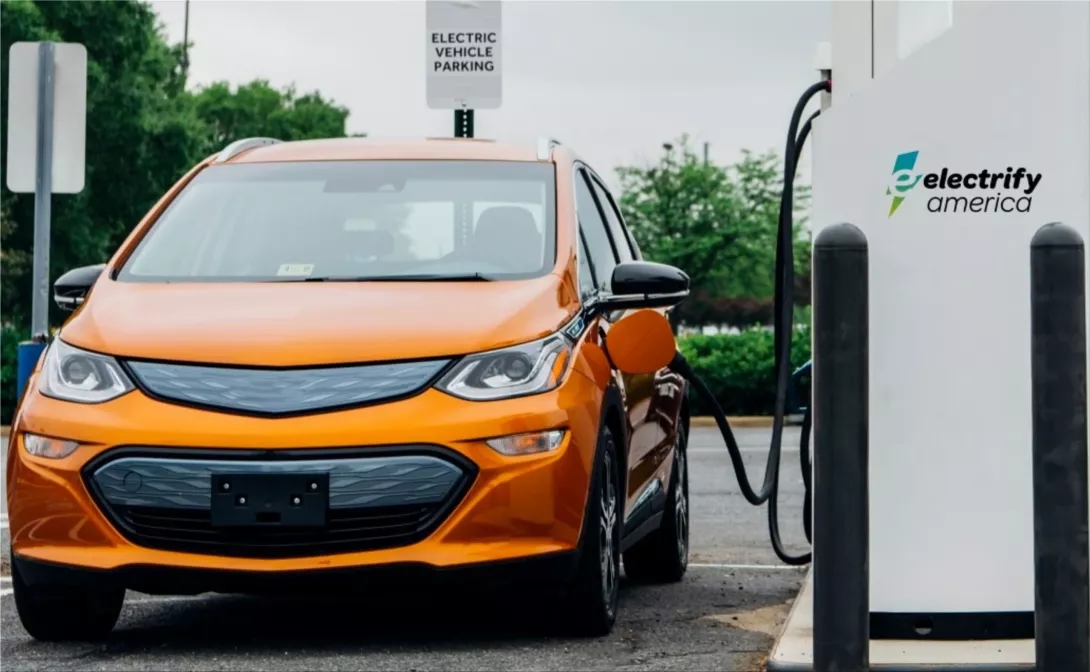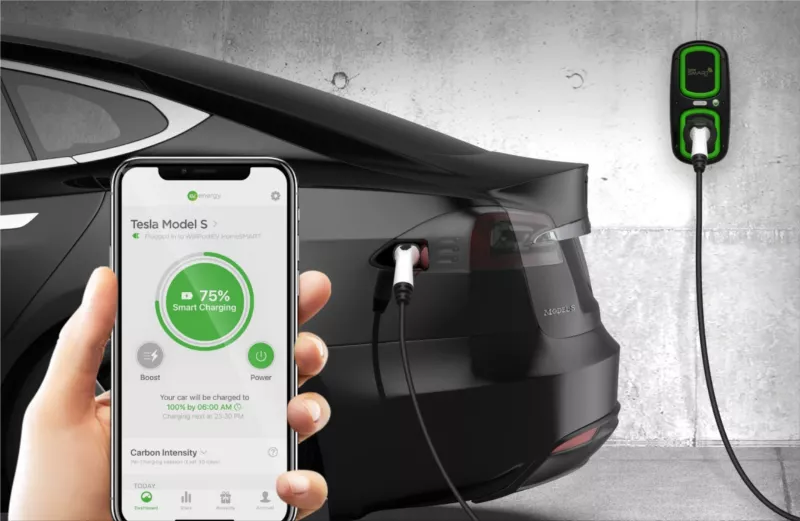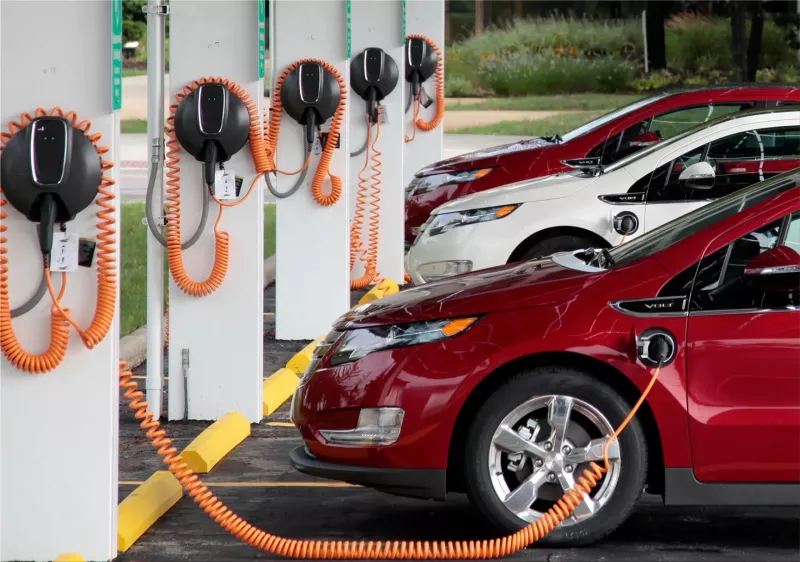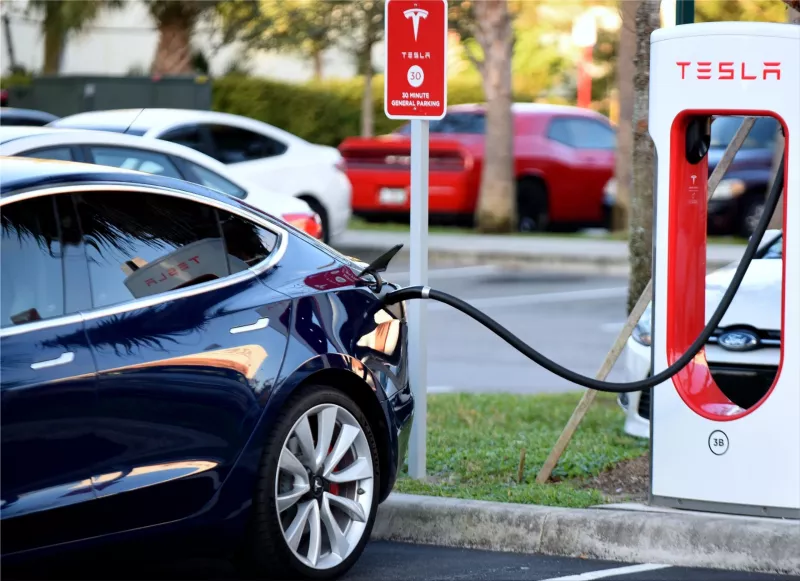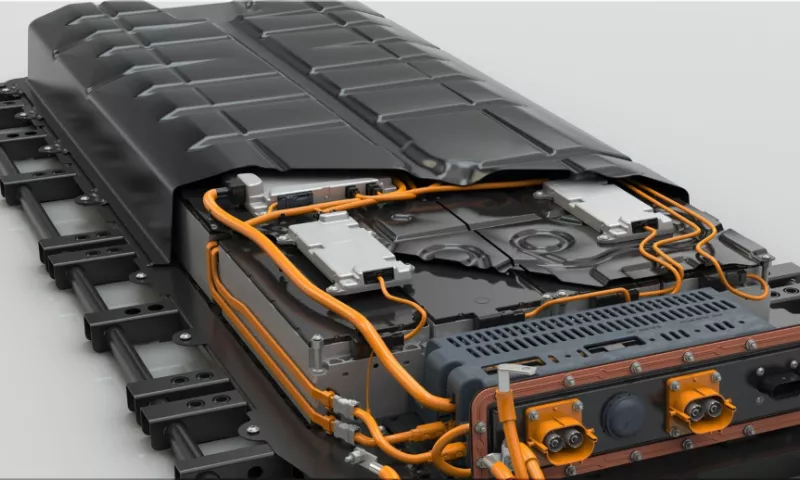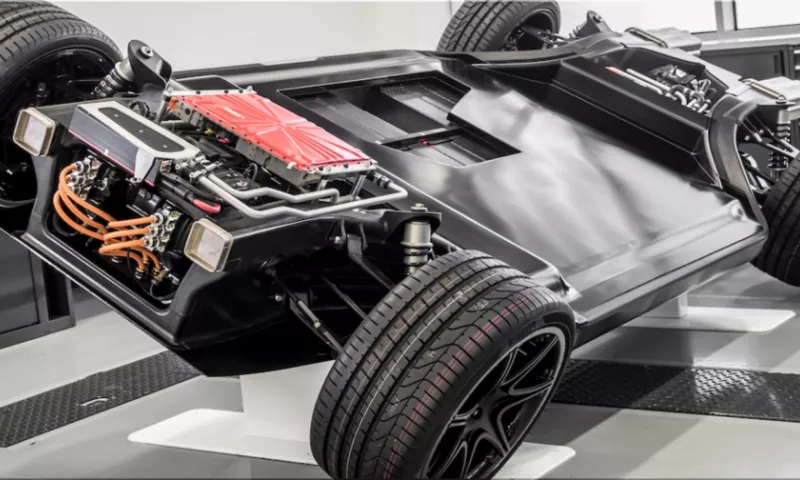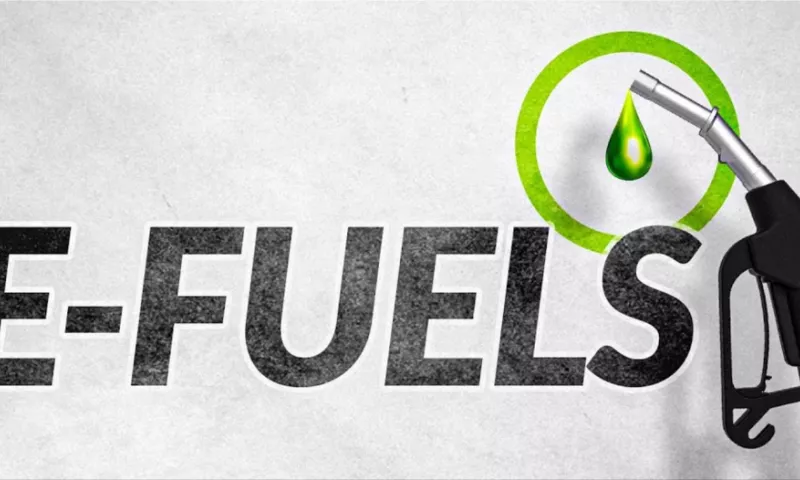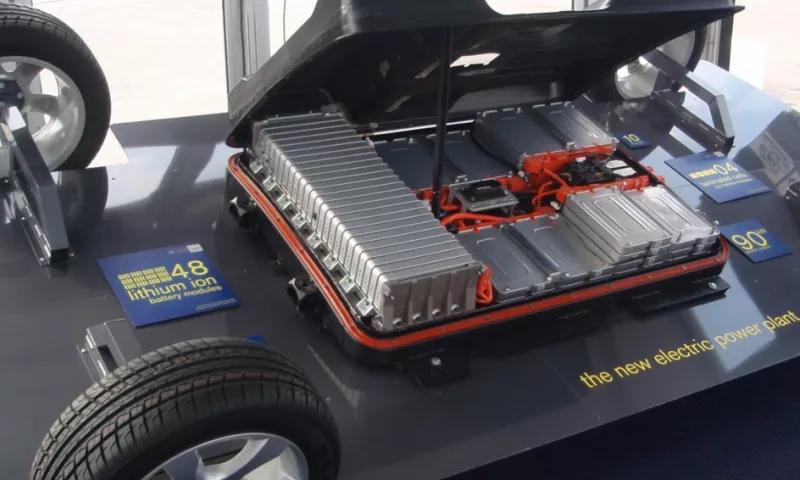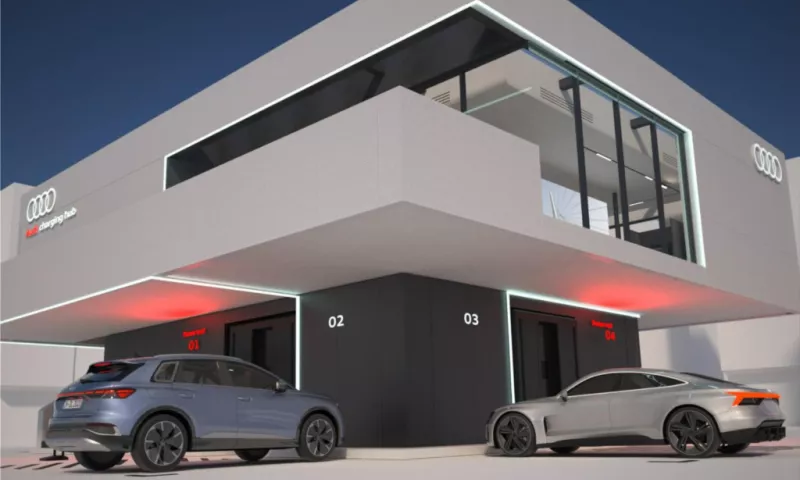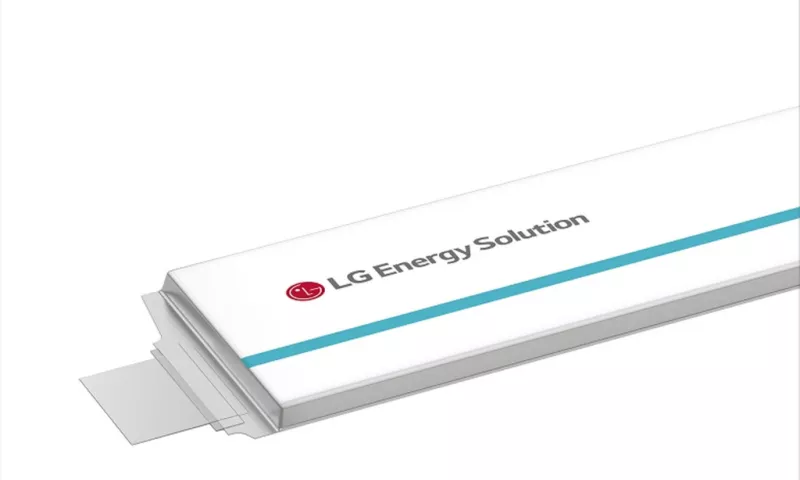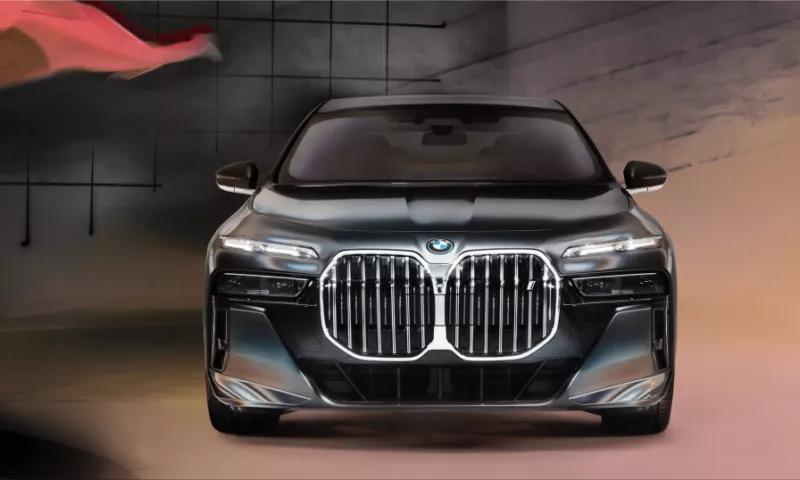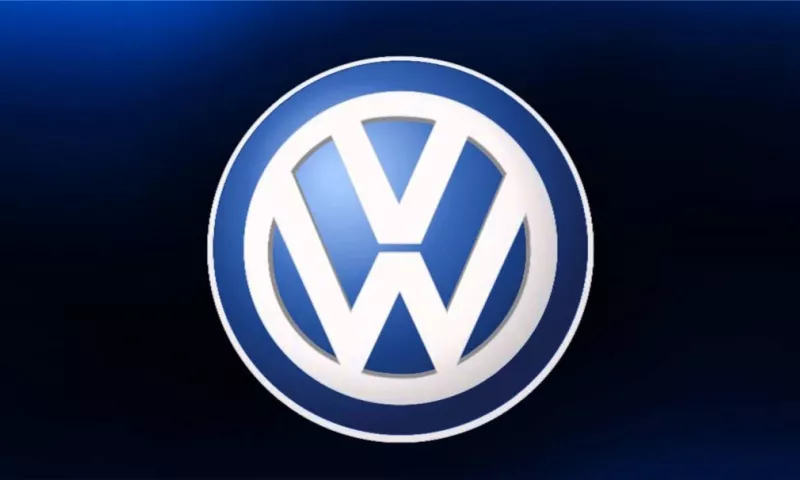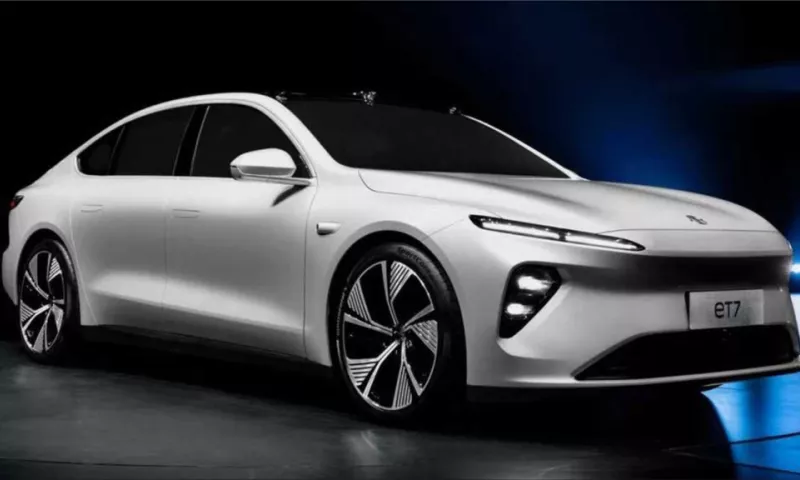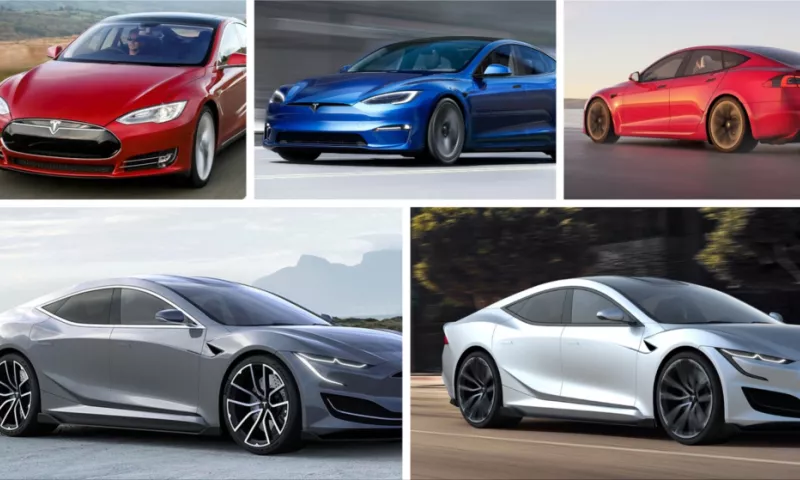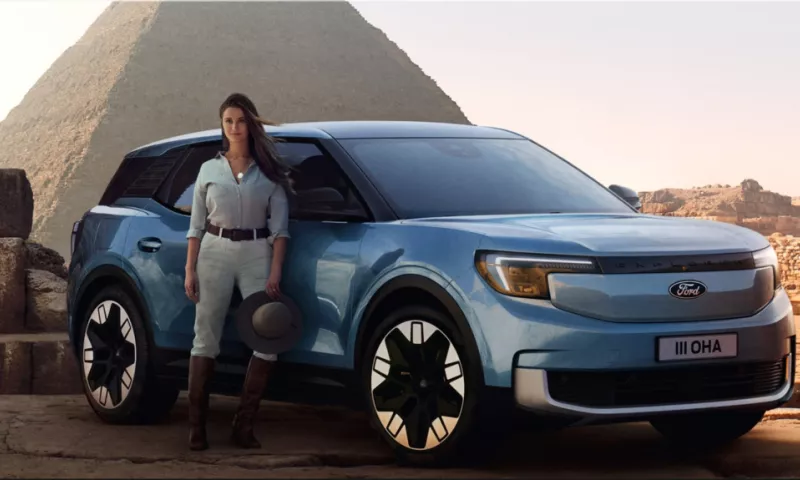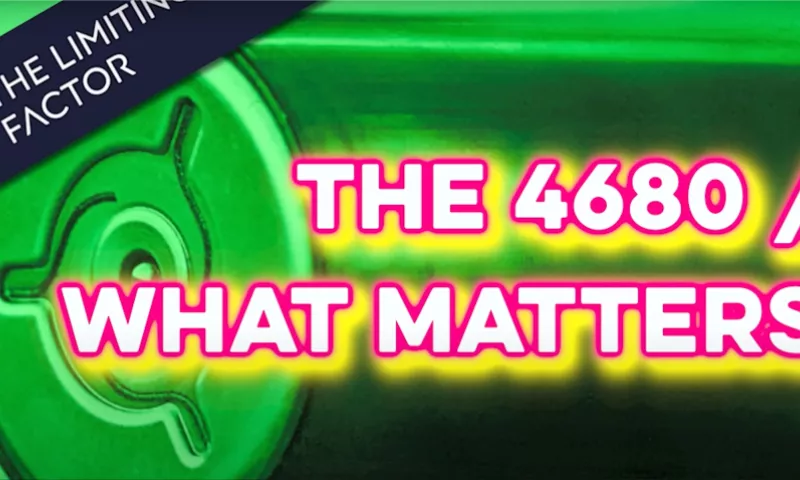California is accelerating the transition to electric vehicles (EVs) by banning the sale of new gasoline-powered cars and trucks by 2035. Governor Gavin Newsom signed an executive order that aims to reduce greenhouse gas emissions and combat climate change.
The order will require all new passenger vehicles sold in the state to be zero-emission by 2035, which means they will have to run on electricity, hydrogen, or other clean energy sources. The order will also mandate that medium- and heavy-duty vehicles be zero-emission by 2045, where feasible.
California is the largest auto market in the US, accounting for about 11% of all vehicle sales in the country. The state has also been a leader in setting stricter emission standards and promoting cleaner transportation options. According to Governor Gavin Newsom, the order will help create jobs, boost innovation, and improve public health.
"This is the most impactful step our state can take to fight climate change," Newsom said in a statement. "Our cars shouldn't make wildfires worse – and create more days filled with smoky air. Cars shouldn't melt glaciers or raise sea levels threatening our cherished beaches and coastlines."
The order is expected to significantly impact the auto industry, which is already investing heavily in EV development and production. Several automakers, including Ford, GM, Honda, and Volkswagen, have agreed to follow California's emission standards, which are more stringent than the federal ones. Some automakers, such as Tesla and Volvo, have also announced plans to phase out gasoline vehicles entirely in the future.
However, only some people are on board with California's ambitious goal. The Trump administration has been trying to revoke California's authority to set its own emission standards, arguing that it creates a patchwork of regulations that hurts consumers and businesses. The administration has also rolled back federal fuel economy standards that the Obama administration set.
The order may also face legal challenges from industry groups or other states that oppose California's environmental policies. Some critics have also raised concerns about the availability and affordability of EVs and the infrastructure and grid capacity needed to support them.
Governor Gavin Newsom acknowledged that the order would require collaboration and coordination among various stakeholders, including automakers, utilities, regulators, and consumers. He said he is confident that California can overcome the challenges and lead the way in the global shift to clean transportation.
"By setting a clear timeline for phasing out gasoline-powered vehicles, we're encouraging automakers to innovate and invest in electric vehicles," he said. "We're also sending a clear message to consumers that we're serious about cleaning up our air and protecting our planet."

